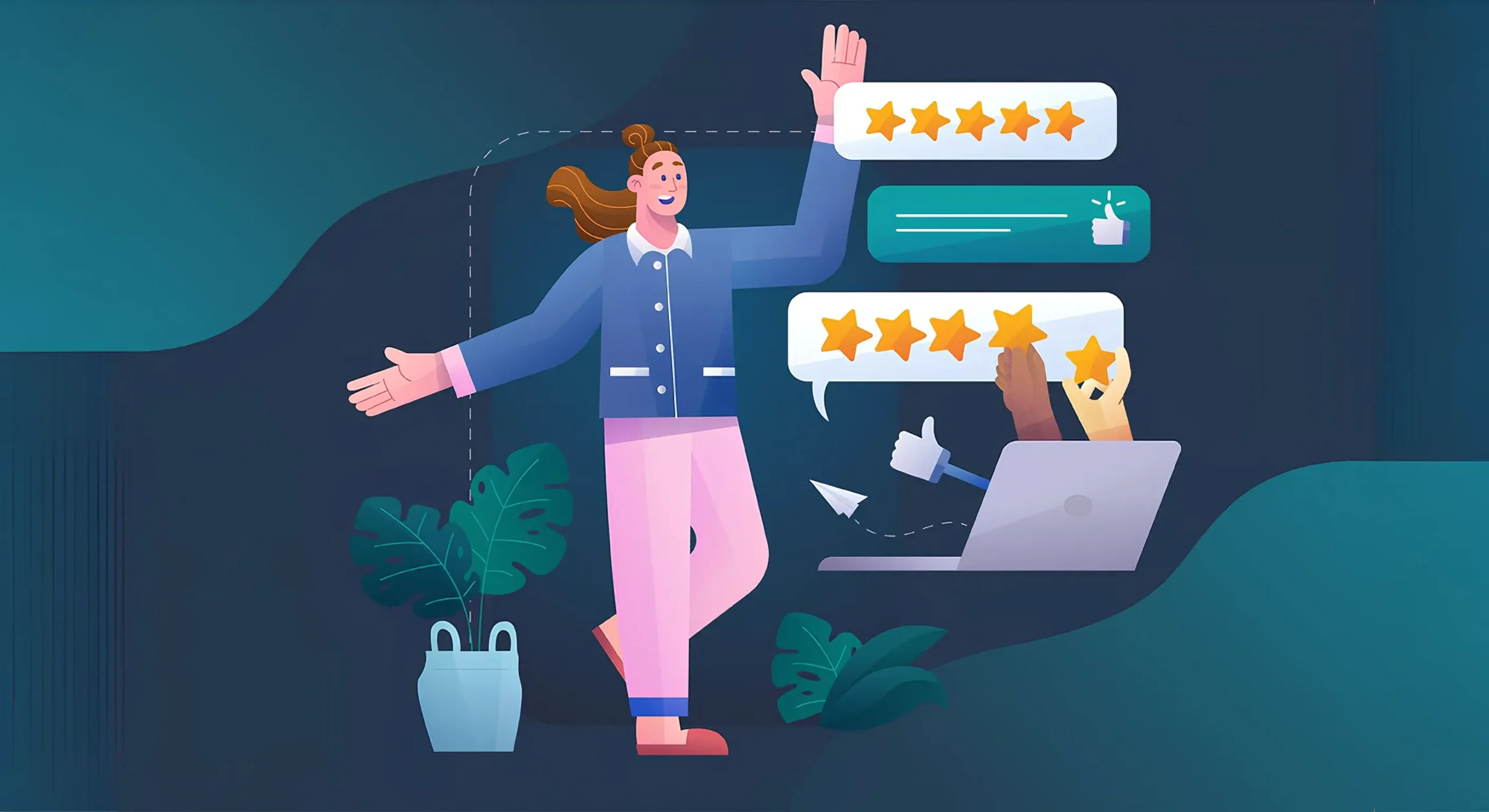- Written by: Oreganobrandworks@gmail.com
- July 30, 2025
- Tags:
First Impressions in 0.05 Seconds: The Psychology Behind Website Design
In today’s hyper-competitive digital world, your website’s design isn’t just
decoration—it’s psychological currency. Design is silent communication. Before they
read a word, users already feel something. That feeling determines everything.
Why Brands Shouldn’t Ignore First Impressions
You wouldn’t walk into a pitch meeting in your pajamas. Similarly, your website is your
digital handshake, your brand’s first impression—and you only get one shot.
Ignoring the psychology behind first impressions can lead to● High bounce rates
● Low engagement
● Lost leads and sales
● A weak perception of your brand’s professionalism
Design is not just about aesthetics—it’s about building instant trust.
Why This Is More Important Than Ever
In a crowded market where users scroll and swipe at lightning speed, your website has
to answer three subconscious questions in seconds:
1. Is this professional and trustworthy?
2. Does it feel easy and intuitive to explore?
3. Do I like what I’m seeing?
What Works Instead: Design That Connects and Converts
The brands winning online today are designing websites with intentional
psychology—using layout, color, contrast, space, and hierarchy to:
● Guide the user’s eyes
● Create emotional comfort
● Build trust instantly
● Nudge action (click, buy, sign up)
Instead of designing for “what looks good,” smart brands now design for how
people think, feel, and behave
A 4-Step Framework for Psychology-Driven Website Design
1. Visual Clarity First
Avoid clutter. Use clean layouts, clear fonts, and enough white space. Visual clarity
leads to cognitive ease—and cognitive ease builds trust.
2. Follow Visual Hierarchy
Use colors, size, and placement to direct the user’s eye. Make your most important info
(headlines, CTAs) stand out without overwhelming.
3. Evoke Emotion Through Design
Colors trigger emotion. Blue = trust. Red = urgency. Use imagery that reflects your
brand values. People remember what they feel, not just what they see.
4. Make It Feel Effortless
Keep navigation intuitive. Users should never have to “figure it out.” The easier your site
feels, the more time users spend exploring—and converting.
Key Takeaways
-First impressions online happen in 0.05 seconds—and they’re hard to undo.
-Poor design leads to lost trust, low conversions, and weak brand recall.
-Psychological design is not a trend—it’s a business advantage.
-A 4-step approach (Clarity → Hierarchy → Emotion → Ease) helps you design for
humans, not just for looks.
-Good design sells. Great design builds loyalty.
Your website doesn’t have to be loud—but it must be clear, intentional, and emotionally
resonant. Because when users decide in 0.05 seconds, every pixel matters.

